Phyllanthus Profile
Written by Joy
Nov 04 2020
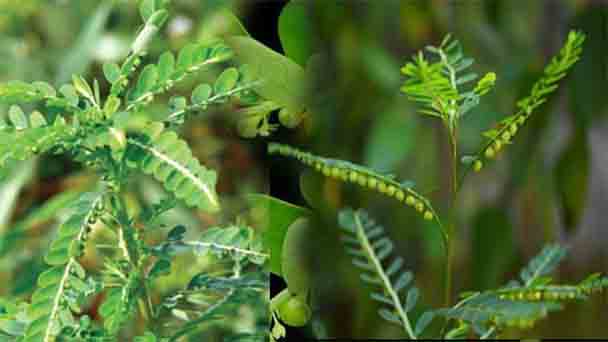
Phyllanthus is a dicotyledonous plant, Euphorbia, Euphorbiaceae shrub or herb. A few are trees. Phyllanthus is simple, alternate, pinnately compound leaves. The stipules of Phyllanthus are born on both sides of the base of the petiole. The flowers are usually small, unisexual, monoecious, or different, with slender pedicels. The ovary of Phyllanthus has 2 ovules per locule, the style is the same as that of the ovary, the capsule and the basal top are flattened into a flat globular shape, the seeds are triangular, without aril and caruncle.
Phyllanthus morphological characteristicsPhyllanthus efficacy and rolePhyllanthus cultivationLand selectionLand preparationSowing methodField managementCultivation and weedingFertilizeHarvest and storage
There are about 600 species of this genus, mainly distributed in tropical and subtropical regions of the world, with a few in the northern temperate zone. China has 33 species and 4 varieties, mainly distributed in provinces south of the Yangtze River.
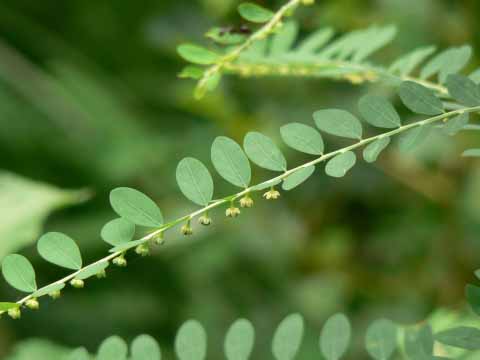
Phyllanthus morphological characteristics
Phyllanthus belongs to shrubs or herbs, and a few are trees. This plant has no milk. Single leaves, alternate, usually arranged in 2 cases on side branches, appearing as pinnate compound leaves, entire; pinnate veins; short stalk; stipules 2, small, inserted on both sides of petiole base, often early fall.The flowers are usually small, unisexual, monoecious or different, solitary, clustered, or composed of umbrellas, clusters, racemes, or panicles, without petals. The male flowers of Phyllanthus have sepals 3-6, free, 1-2 rounds, and are arranged in a tile-like shape; the disc is usually divided into 3-6 free glands that alternate with the sepals; stamens 2-6, filaments Separate or connate into columnar, two-chambered anthers, outward, parallel chambers, bifurcation or complete separation at the base, longitudinal, oblique or transverse fissures, inconspicuous septal, and no degenerative pistil.
The capsules of the Phyllanthus genus usually squashed at the base top to form a flat globular shape. After maturity, they often crack three 2-lobed lobes, and the central axis usually persists. The seeds of Phyllanthus are three-sided, with smooth or reticulated seed coats, without aril and caruncle.
Phyllanthus efficacy and role
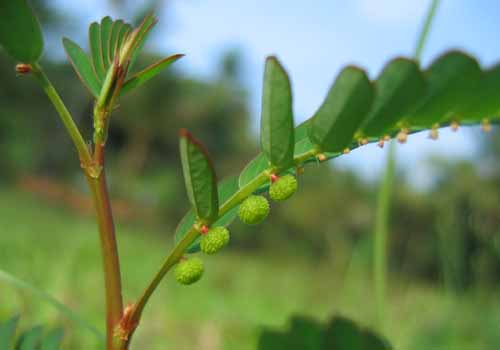
Phyllanthus cultivation
Land selection
You'd better choose an area with convenient transportation and no pollution sources such as industrial and mining enterprises and garbage dumps within 1km. Phyllanthus Vulgaris requires the soil of the plot to be loose, breathable, and fertile. The soil quality is preferably forested brown soil and sandy loam. Soil pH is 5.8~7. The plot is required to be more than 30m away from the highway, with a slope of 0-15°.Land preparation
The cultivation of phyllanthus urinaria in the Qinling Mountains of southern Shaanxi requires a whole high border on the selected plot. The border is 1.2m wide. The length of the border depends on the topography. The border is good for drainage and convenient for irrigation in drought. The operating channel is 40cm wide and 25cm deep. Before soil preparation, apply 45,000 kg of decomposed and harmless farmyard manure, 750 kg of superphosphate, and 225 kg of urea per hectare on the selected plots. After deep turning and mixing, the soil is prepared for bordering.Sowing method
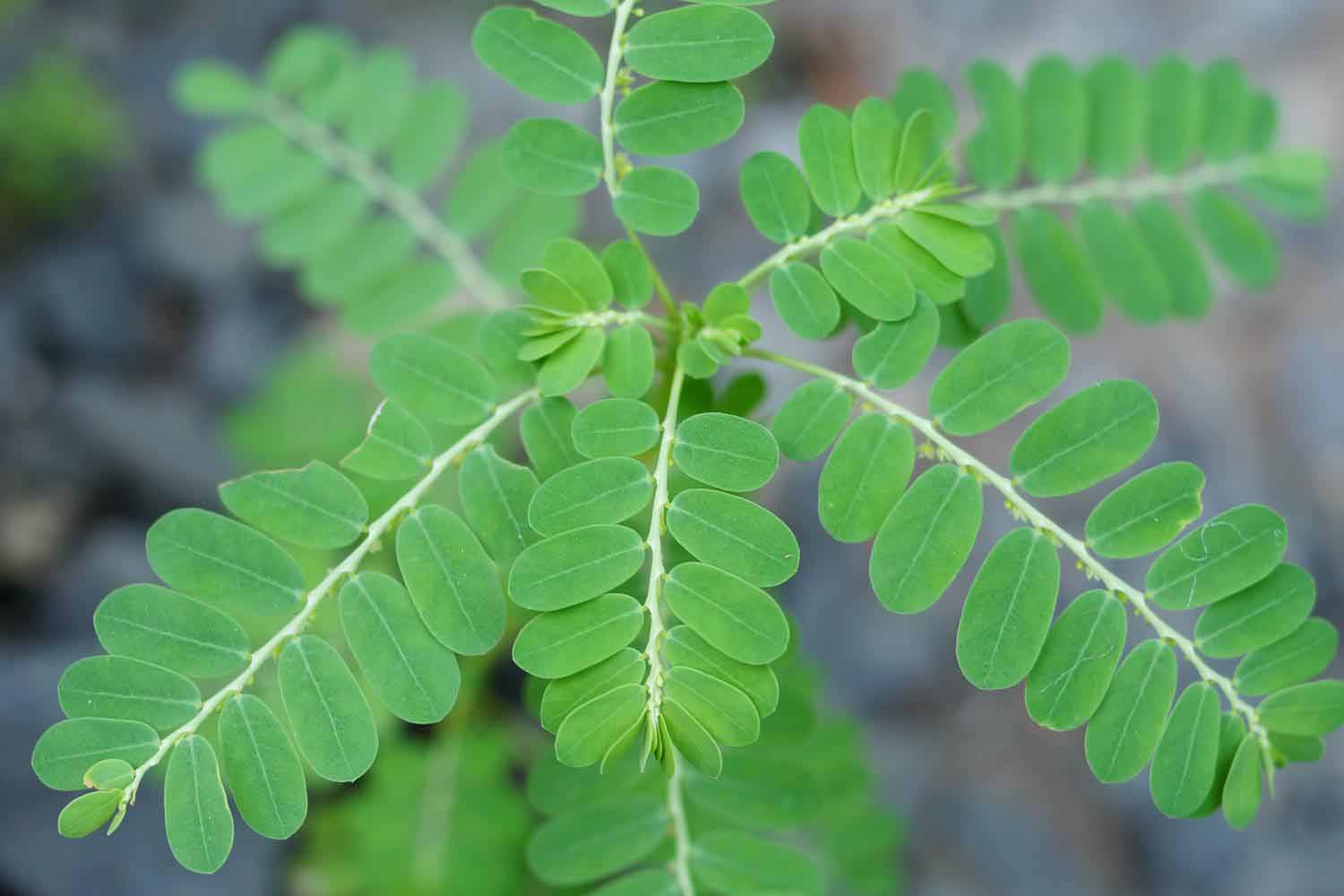
Field management
Phyllanthus urinaria has smaller seeds and slower germination. Seedlings will emerge in about 25 days after sowing in mid-April. Seedlings should be checked regularly after emergence. Seedlings should be fixed when the height of the seedlings is 5cm. The plant spacing should be 5~7cm. Planting seedlings and transplanting Phyllanthus urinaria should be carried out in the afternoon, with a very high survival rate.Cultivation and weeding
Generally, Phyllanthus Vulgaris is weeded three times a year, once at the end of May, and once in late June and mid-August with a small hoe each with a depth of 3 cm. Usually, weeds are removed at any time depending on the situation. The use of herbicides is strictly prohibited.Fertilize
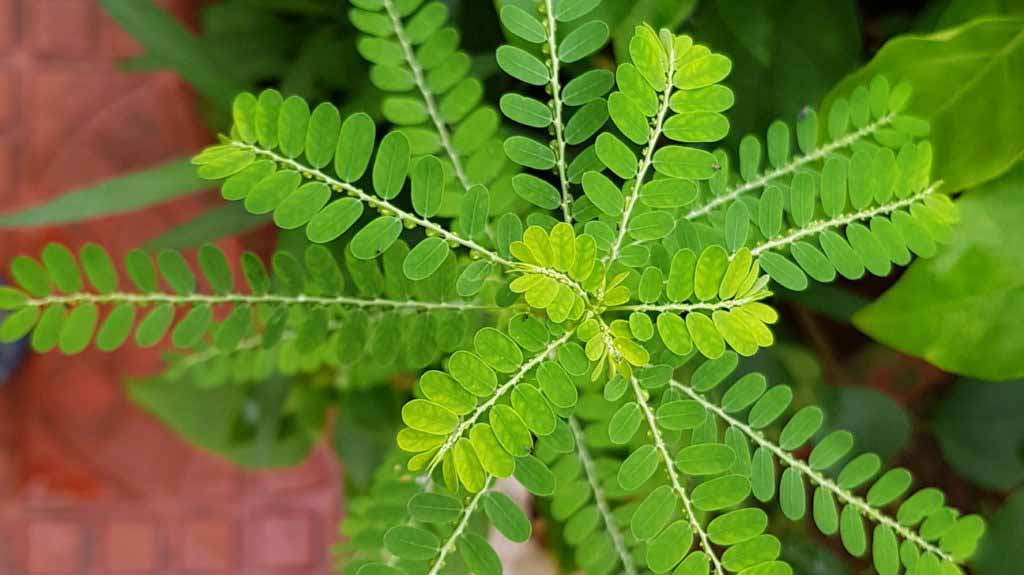
Harvest and storage
Phyllanthus urinaria should be harvested in late September or early October. After mid-October, the leaves will quickly turn yellow and fall off as the temperature drops, which will affect the quality and quality of the medicinal materials. The medicinal part of Phyllanthus urinaria is the whole plant, and the root system is relatively shallow, and the soil where it grows is loose. Pull out the roots from the base by hand, shake the root-soil and dry. Phyllanthus urinaria produces 24282 kg of fresh grass per hectare, 1 kg of medicinal materials per 4.13 kg of fresh grass, and 5879 kg of medicinal materials per hectare in the field. Note that in the process of drying the medicinal materials, the mature fruits of Phyllanthus urinaria fall off a lot. After the medicinal materials are put away, the bottom layer of the fruit is collected to remove impurities, and the seeds are stored in a cool and dry place after threshing and drying.Latest Updated
- Benefits of Bugleweed - 7 Science-backed Health Benefits
- Bugleweed Dangers & Side Effects - Is It Poisonous?
- How to Plant Evergreen Trees - What You Should Know
- When to Plant Evergreens - Grow Guide for Evergreen Trees
- 12 Wonderful Evergreen Shrubs for Your Garden
- 12 Popular Evergreen Plants with Pictures for Beginners
- When And How To Prune A Lilac Bush Like a Pro
- How to Grow & Care for Lilac Vine (Hardenbergia Violacea)
- Japanese Lilac Tree (Syringa Reticulata) Care & Propagation Guide
- Shumard Oak Pros and Cons - What to Know
Popular Articles
- Winter maintenance of Antirrhinum Majus
- How to Grow Terminalia Mantaly Tree
- How to Grow and Care for Crossostephium Chinense
- How to grow Antirrhinum Majus in spring
- Peristeria Elata (Dove Orchid) Profile: Info & Care Guide
- Underwatered Snake Plant (Sansevieria Trifasciata) - Signs And How To Fix
- How to Care for Brazilian Jasmine Plant (Mandevilla Sanderi)
- How to Grow & Care for Graptopetalum Purple Delight in Summer
- Rosa Chinensis (China Rose): Plant Growing & Care Tips
- How to Care for Baby Sun Rose (Aptenia Cordifolia)